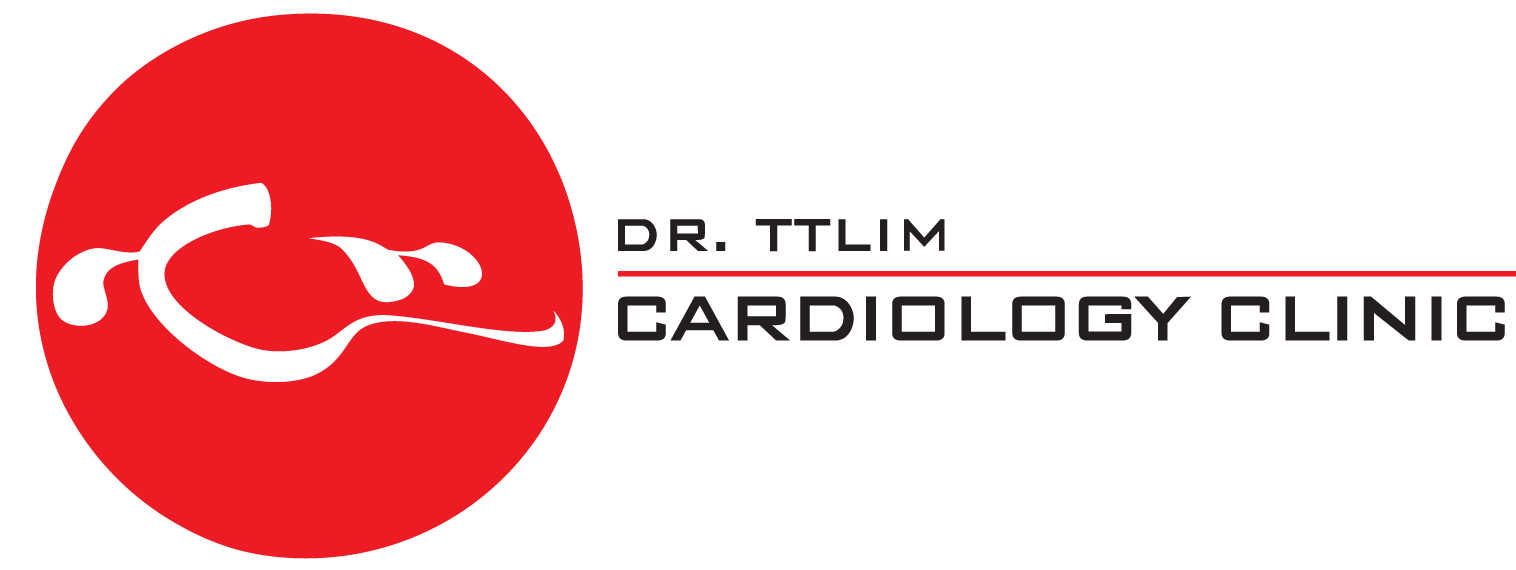Understanding Hypertension
What Is Hypertension?
Causes and Risk Factors
Various factors contribute to hypertension, including:
Atherosclerosis – The primary cause of narrowed arteries is atherosclerosis, a condition where fatty deposits, cholesterol, and other substances build up on the inner walls of arteries, forming plaques.
Coronary Artery Disease (CAD) – A subset of atherosclerosis, CAD specifically affects the arteries that supply blood to the heart muscle. It can lead to angina (chest pain) or heart attacks.
Inflammation – Chronic inflammation can contribute to the formation and progression of arterial plaques.
Blood Clots – The formation of blood clots within the blood vessels can lead to blockages, causing reduced blood flow.
Spasms – Sometimes, blood vessels may undergo spasms, causing them to narrow abruptly.
As for risk factors, here are what to check on:
Age – The risk of atherosclerosis and related conditions increases with age.
Gender – Men are generally at a higher risk than premenopausal women. However, the risk for women increases after menopause.
Family History – A family history of cardiovascular diseases can increase the risk.
High Blood Pressure (Hypertension) – Elevated blood pressure puts stress on the arterial walls, contributing to the development of plaques.
High Cholesterol Levels – Elevated levels of LDL (“bad”) cholesterol and low levels of HDL (“good”) cholesterol are associated with a higher risk.
Diabetes – People with diabetes are at an increased risk of developing atherosclerosis and cardiovascular diseases.
Smoking – Tobacco smoke contains chemicals that can damage blood vessels and accelerate the formation of plaques.
Obesity – Being overweight or obese is linked to a higher risk of atherosclerosis and related conditions.
Physical Inactivity – Lack of regular exercise is a risk factor for cardiovascular diseases.
Poor Diet – Diets high in saturated and trans fats, cholesterol, and sodium can contribute to the development of atherosclerosis.
Stress – Chronic stress may contribute to the development and progression of cardiovascular diseases.
Sleep Apnea – Sleep disorders, particularly sleep apnea, can be associated with an increased risk of cardiovascular diseases.
Complications of Untreated Hypertension
When left untreated, hypertension can lead to severe complications, affecting not only the heart but also the kidneys and overall well-being. Here are some of the potential complications:
Heart Disease – Coronary Artery Disease (CAD): Hypertension can contribute to the development of CAD, which may lead to angina (chest pain), heart attacks, and heart failure.
Stroke – Hypertension is a major risk factor for strokes. Elevated blood pressure can damage blood vessels in the brain, leading to stroke, which can result in permanent neurological damage or death.
Kidney Damage – Hypertension can cause damage to the blood vessels in the kidneys, leading to chronic kidney disease (CKD) or even kidney failure.
Peripheral Artery Disease (PAD) – Narrowing of the arteries due to hypertension can affect blood flow to the limbs, resulting in PAD. This can cause pain, cramping, and difficulty walking.
Aneurysms – Persistent high blood pressure can weaken the walls of arteries, making them susceptible to the formation of aneurysms. Aneurysms are bulges in the blood vessels that can rupture, causing life-threatening internal bleeding.
Vision Problems – Hypertension can damage the blood vessels in the eyes, leading to vision problems and, in severe cases, blindness.
Metabolic Syndrome – Hypertension is often associated with other metabolic abnormalities, including obesity, high cholesterol, and insulin resistance. This cluster of conditions is known as metabolic syndrome and increases the risk of cardiovascular diseases.
Cognitive Decline and Dementia – Chronic high blood pressure has been linked to an increased risk of cognitive decline, vascular dementia, and Alzheimer’s disease.
Erectile Dysfunction – Hypertension can contribute to erectile dysfunction by affecting the blood flow to the genital area.
Heart Rhythm Disorders – Hypertension may lead to irregular heartbeats (arrhythmias) or other heart rhythm disorders.
Pregnancy Complications – Uncontrolled hypertension during pregnancy can lead to complications such as preeclampsia, premature birth, and low birth weight.
Sleep Apnea – There is a bidirectional relationship between hypertension and sleep apnea. Untreated hypertension can contribute to the severity of sleep apnea, and untreated sleep apnea can exacerbate hypertension.
Hypertension Treatment Options
Lifestyle Modifications
Medications
Integrative Approaches
Recognising and Preventing Heart Attacks
Understanding Heart Attacks
Importance of Early Detection
Preventive Measures
Heart Attack Treatment
Immediate Interventions
Hospital-Based Treatments
Rehabilitation and Long-Term Management
Integrating Hypertension and Heart Attack Treatment
Relationship Between Hypertension and Heart Health
Addressing Hypertension as a Preventive Measure
Collaborative Care Approaches
Empowering a Heart-Healthy Lifestyle
Practical Tips for Maintaining Cardiovascular Health
The Role of Regular Check-Ups and Monitoring
Understanding cardiovascular health is crucial. Hypertension, if untreated, poses severe risks to the heart and kidneys. Early recognition of symptoms and intervention are key. Similarly, advancements in heart attack treatment, from medications to procedures like angioplasty, highlight the array of available interventions. Empowering individuals through education and proactive health management is vital for a resilient and thriving cardiovascular system.





